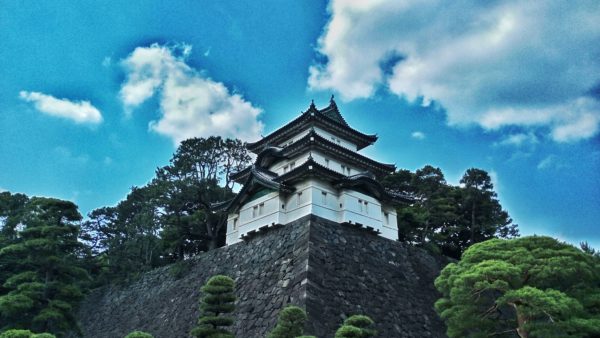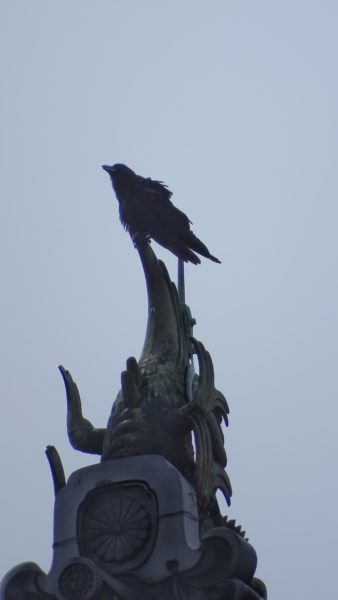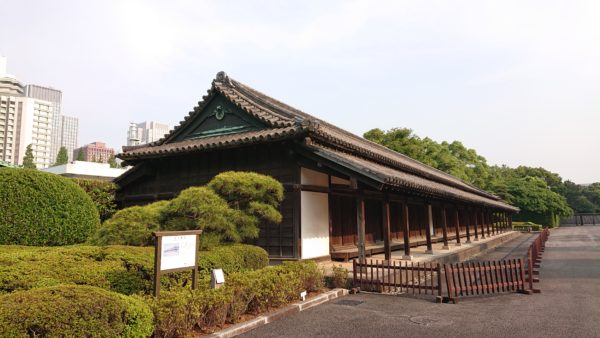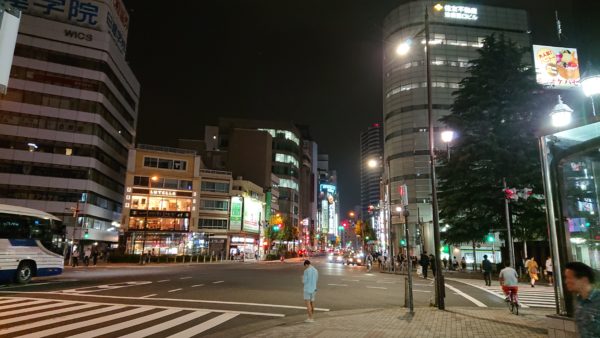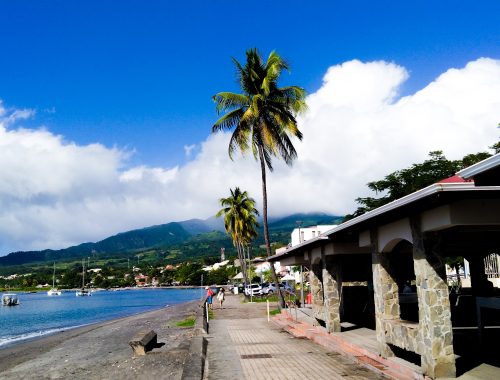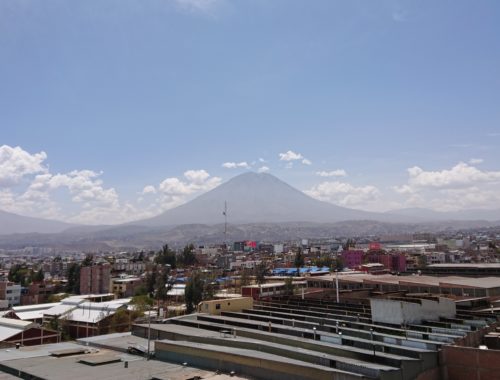The Imperial Palace, a fortress in Tokyo
After coffee this morning, we head to central Tokyo in the Chiyoda district to visit the imperial palace called the Kōkyo (Emperor’s Residence).

Remember that Tokyo was the capital of Japan quite late in their history, Kyoto was until the Meiji period.

The estate is located on the former site of Edo Castle, home of the Shoguns, the lords of the era that welcomed the Tokugawa dynasty.

After making the Shoguns surrender, Emperor Meiji ordered the transfer of the capital to Tokyo and took up residence in the estate.
The imperial palace is divided into 3 islands. Isolated from the rest of the city by its moat and its ramparts which are the last vestiges of the Edo era castle, the access is limited by a few gates and bridges.
It was first burned down in 1873, a few years after the installation of the emperor, and rebuilt in 1888, but it is to the Second World War that we owe the almost complete destruction of the imperial palace. It was rebuilt in 1963, 5 years later the same..
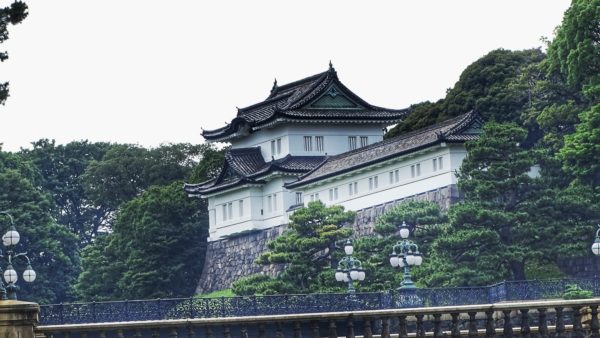
Mounted on a steel structure, it was built according to the ancestral Japanese rules.
We make a first tour, this domain is composed of several gardens.

In front of the main entrance we see a possibility to enter the complex via a free registration. Apparently, it is possible to visit the complex twice a week either by registering online or on the spot. The registration is done on the basis of passports, we receive a numbered visitor card. Everyone is gathered in a building to give instructions in 4 languages: Japanese, Thai, Chinese and English. The tour of the domain is done in more than 1h30. They provide a water fountain, drink dispensers and toilets. A mobile application has been created with more language choices, quite complete and presents the domain. Groups are formed and leave as they go.
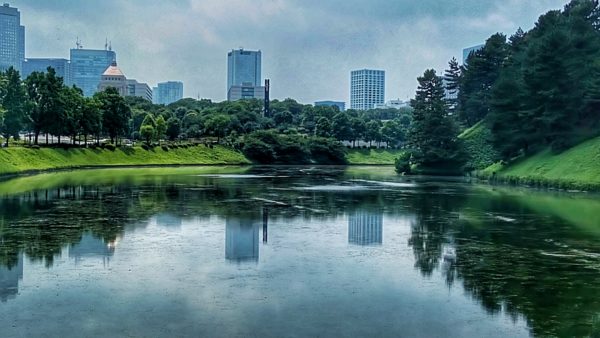
The estate consists of several buildings, including the consecration building, the imperial agency (of the internal affairs of the palace) and a sanctuary.
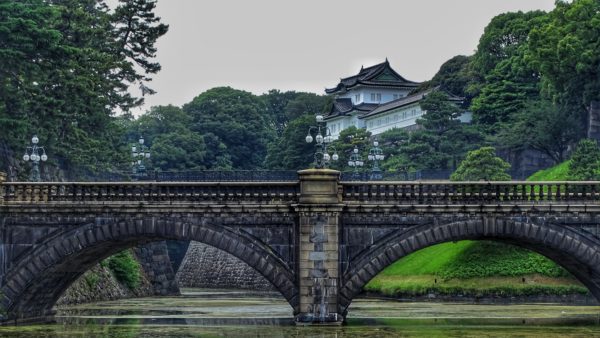
The Imperial Palace is located in the center of Tokyo’s business district.
A little history:
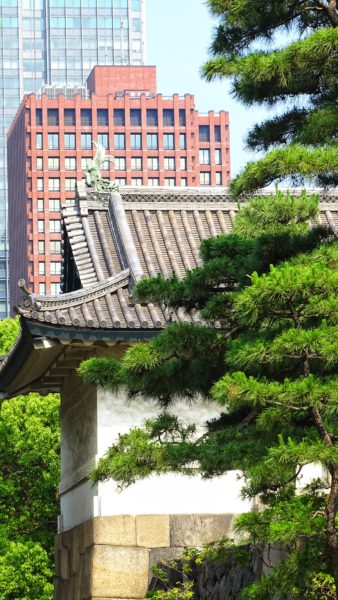
It is important to raise this note of Japanese history, which for me is quite impressive.
The Meiji emperor tried, at the cost of a civil war, to raise Japan to the level of the Western powers by establishing a strong central power. A revolution touching all fields (political, social, military, industrial but also cultural). A real challenge for a country nostalgic for the past, which had to fight against its past and face the complexity of the outside world. A challenge that allowed it to make progress in the industrial, agricultural and economic fields, thus creating real commercial exchanges.
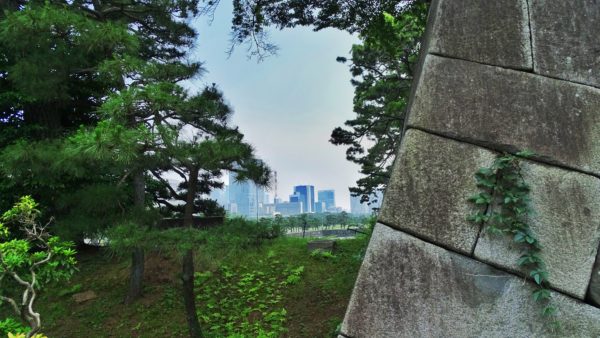
All this led to a first victory during the Russo-Japanese War but also to the desire for conquest in its expansionist policy during the Shōwa period. New alternatives came into play: colonize or be colonized.
Many of the measures put in place during the Meiji period persist in modern Japan.
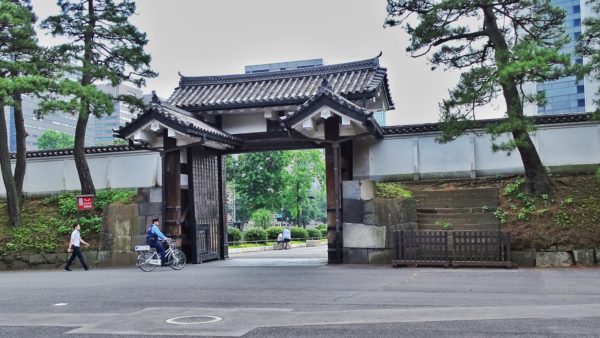
A big lesson was learned after World War II, following the massive destruction of important cities by air raids and not to mention the 2 atomic bombings where more than one million Japanese lost their lives. Japan had difficulties to recover and to rebuild itself. Since then, although it remains a world power, Japan has become peaceful.

Once our visit is over, we look for a shelter and a refreshment after this walk under a blazing sun!
Not far from the palace, on the direction of Otemachi station, we arrive in a park with fountains, the Wadakura where we settle down for a little hour before going to visit the “East Gardens of the Imperial Palace”.
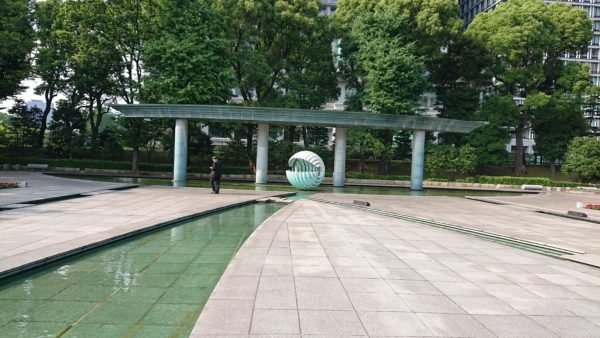
In the evening, we made a tour in the electronic city, Akihabara where we discovered stores of electro and accessories of 8 floors.
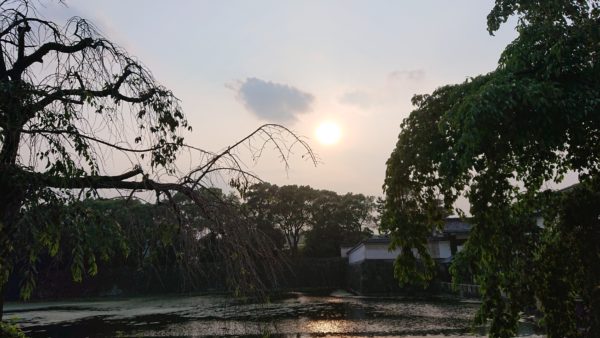
Once back in our neighborhood, we spend the rest of the evening sipping rum in a basement bar.
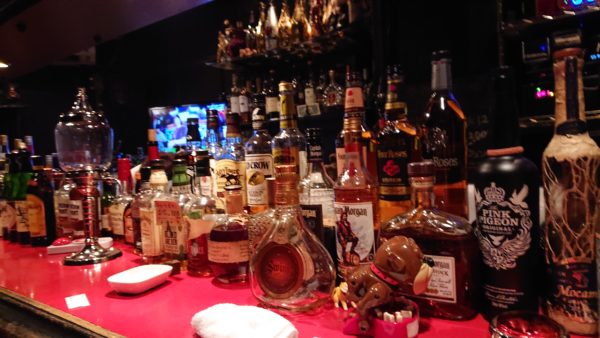
Ninve

